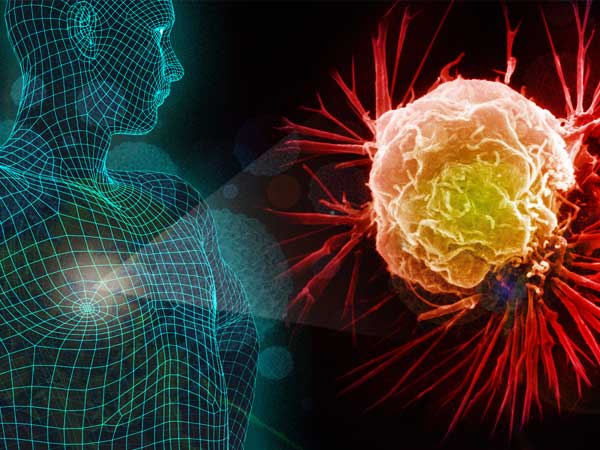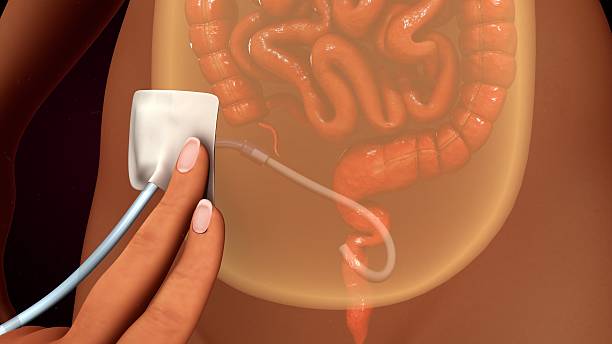Hormonal breast cancer treatment reduces long-term risk of recurrence
To investigate the long-term benefit of hormone-lowering treatment, researchers at Karolinska Institutet in Sweden have done a 20-year follow-up of premenopausal women with breast cancer. The study, published in the Journal of Clinical Oncology, indicates that the treatment provides protection even after a longer period of time and that different patients seem to benefit from different hormonal treatments.
Hormonal treatments, also called endocrine treatments, have long been used after tumour surgery to reduce the risk of breast cancer cells spreading, but it has been unclear for how long the treatment provides protection. Many cancers have a short-term risk of recurrence, usually within a few years. However, for patients with hormone-driven breast cancer, the recurrence risk often extends over several decades.
About 80 per cent of all those diagnosed with breast cancer have hormone-driven estrogen receptor-positive breast cancer, which means that estrogen stimulates cells to divide so that the tumour grows. Since many women are diagnosed with breast cancer at a relatively young age, knowing the long-term effectiveness of treatment is very important.
Based on the previous clinical trial STO-5, which was conducted between 1990 and 1997, researchers at Karolinska Institutet have now investigated the long-term treatment benefit of hormonal treatment in 584 premenopausal women with hormone-driven estrogen receptor-positive breast cancer. The study also includes a control group that had not received any hormonal treatment.
“We could see that after 20 years, the risk of developing distant metastatic disease, i.e. spreading to other organs, had decreased among women who had received hormonal treatment with the drugs tamoxifen or goserelin or a combination of both, compared to those who had not received any hormonal treatment”, says the study’s first author Annelie Johansson, postdoctoral fellow at the Department of Oncology-Pathology, Karolinska Institutet.
The researchers have, in recent years, also analysed the patients’ tumours from the previous STO-5 study using modern technology. For example, they have investigated various breast cancer markers, such as the estrogen receptor and the progesterone receptor, as well as tumour gene expression using a gene-risk signature.
The signature measures the activity of 70 different genes, which are calculated into risk points. This makes it possible to predict the future development of the tumour cells at an early stage and thus categorise the patients into low and high genomic risk, respectively.
“The tumours in patients with high genomic risk often have a higher cancer growth rate. Therefore, these patients have an earlier risk of relapse where a more aggressive treatment is needed, such as with goserelin, which quickly and effectively reduces estrogen levels. Patients who have a less aggressive disease may, on the other hand, have a long-term risk of recurrence. In these cases, tamoxifen appears to offer a better protection”, says Annelie Johansson.
Although the study is relatively small, it highlights the importance of individualised treatments against hormone-driven breast cancer. For some patients, a more aggressive treatment may be necessary for survival, whilst a milder treatment may be sufficient for others, reducing side effects and providing a better quality of life. However, further studies are needed before major changes in treatment recommendations can be implemented.
“In order to further understand the long-term risk, treatment benefit and differences relating to age, we will now apply machine learning methods for image analysis of breast cancer tumours to further investigate the differences between tumours”, says Linda Lindström, research group leader at the same department and the study’s corresponding author.
Source: Karolinska Institutet
Full bibliographic information
Publication: “20-Year Benefit from Adjuvant Goserelin and Tamoxifen in Premenopausal Breast Cancer Patients in a Controlled Randomized Clinical Trial“, Annelie Johansson, Huma Dar, Laura J van ’t Veer, Nicholas P Tobin, Gizeh Perez-Tenorio, Anna Nordenskjöld, Ulla Johansson, Johan Hartman, Lambert Skoog, Christina Yau, Christopher C Benz, Laura J Esserman, Olle Stål, Bo Nordenskjöld, Tommy Fornander and Linda S Lindström. Journal of Clinical Oncology, online 21 July 2022, doi: 10.1200/JCO.21.02844.





